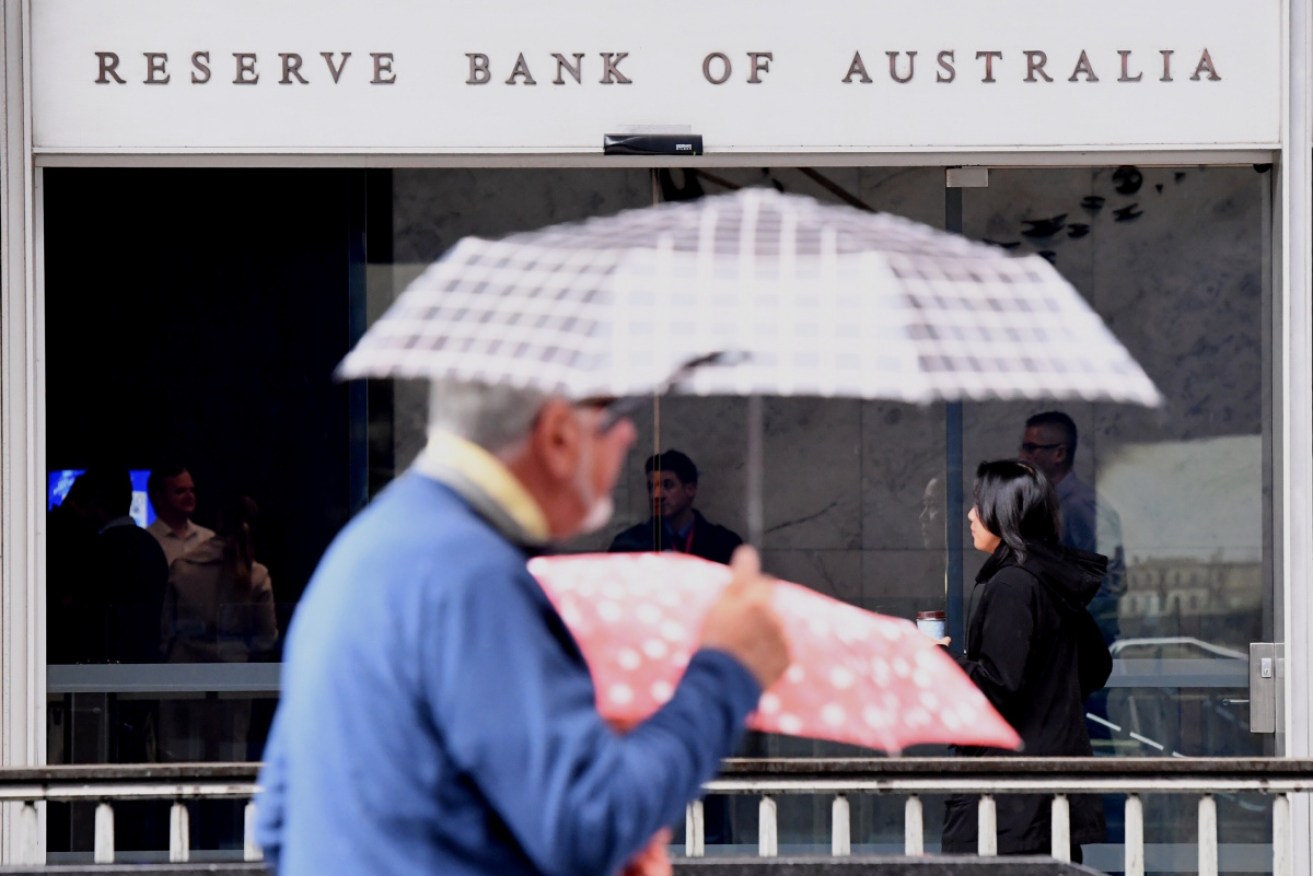Stocks up, dollar down as inflation stagnates and rate cut looms


Prospects of a cut to official interest rates have increased with the latest inflation figures. Photo: AAP
Australian stocks have rallied to their highest levels since the global financial crisis 11 years ago, on the back of data showing inflation remains weak.
Annual inflation slowed to 1.3 per cent for the year to March 31 after the consumer price index showed zero growth in the quarter, according to figures released on Wednesday.
That fell well short of the already weak 0.2 per cent expected by the market.
The Australian Bureau of Statistics said the quarterly result was due to price rises in some goods and services being offset by falls in other areas.
“This was consistent across most of the capital cities,” it said.
Following the release of the figures, the ASX200 index rallied to its “best levels since the global financial crisis” of 2008 on the likelihood that continued low inflation will lead to rate cuts later in the year, CommSec said.
Foreign exchange news site FXStreet said on Wednesday that ANZ analysts believed the lacklustre March figures left the Reserve Bank with little choice but to cut official interest rates at its next meeting (on May 7), with another cut to follow in August.
“The much lower than expected outcome for core inflation means that something has to materially change in order for the RBA to credibly forecast an eventual return to 2 per cent inflation,” they said
“That something has to be a stronger growth outlook that puts material downward pressure on underemployment in the labour market.”
“We have doubts that modest rate cuts will do much to push inflation sustainably higher, but it’s hard to see that the RBA has much choice but to use the tool at its disposal, i.e. a lower cash rate. We don’t see the timing of the election being a constraint on the RBA acting.”
Stocks also received a boost from the better-than-expected US earnings figures and a rally on the S&P 500 index and the tech-heavy NASDAQ market.
However, the increased likelihood of an official interest rate cut weighed heavily on the already falling dollar. It lost half a cent against the US dollar, to hit 70.40 US cents, in the 25 minutes following the data’s release.
March’s anaemic CPI result followed a rise of 0.5 per cent in the December quarter.
The most significant rise in the three months to the end of March was a 7.7 per cent increase in vegetable prices, as drought and adverse weather hit food production. There was a 4.2 per cent rise in the cost of secondary education, and a 2.4 per cent increase for motor vehicles.
Rises were offset by an 8.7 per cent fall in fuel prices, a 3.8 per cent fall in domestic travel and accommodation, and a 2.1 per cent fall in international travel and accommodation.
Confidence hits 2019 high
The ANZ-Roy Morgan consumer confidence index jumped “by a healthy margin” of 3.6 per cent last week to reach its strongest level since December.
“Strong domestic labour market data and encouraging economic news from China have resulted in a strong gain in ANZ Roy-Morgan consumer confidence. Consumers are now the most upbeat they have been in 2019,” ANZ senior economist David Plank said.
“Continuous gains in future financial and economic conditions suggest that Australians are getting comfortable with their future financial wellbeing. Four-week moving average inflation expectations were stable at 4 per cent though the weekly print is showing a considerable amount of volatility.”
-with AAP








